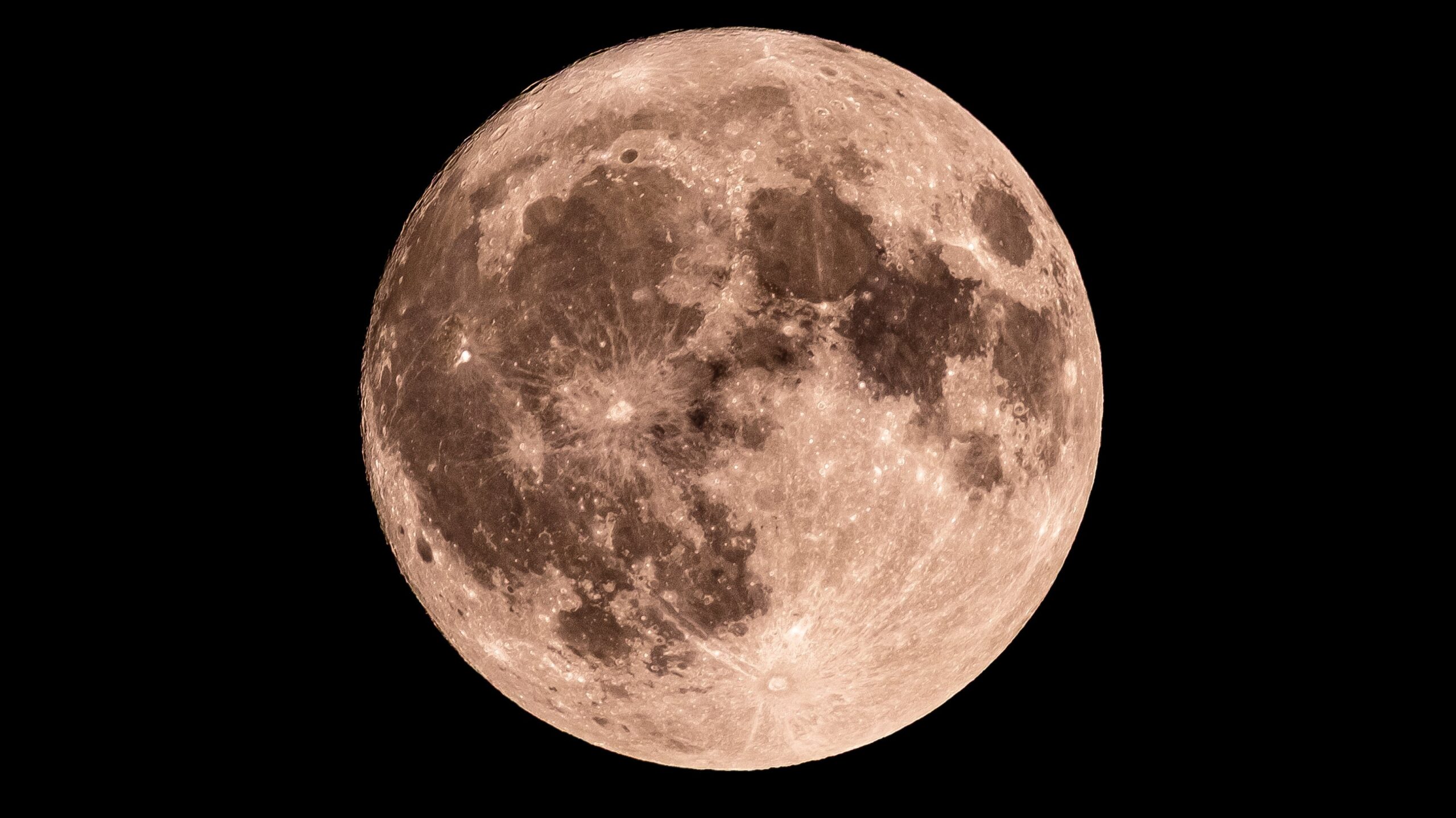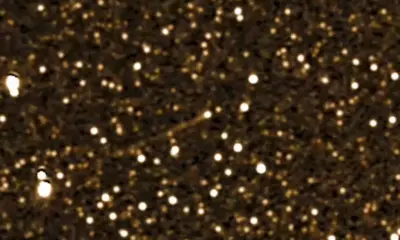Science
Moon Shines Bright as Waxing Gibbous Phase Peaks on October 6

The moon is currently in the Waxing Gibbous phase, with approximately 99% of its surface illuminated tonight, October 6, 2023. This phase occurs just before the full moon, which will take place tomorrow, October 7. Observers can enjoy a clear view of various lunar features, making tonight an excellent opportunity for stargazing.
NASA’s Daily Moon Observation provides insight into the moon’s visibility. The Waxing Gibbous phase is characterized by more than half of the moon’s surface being lit, but not entirely full. As it approaches the full moon, the moon appears larger and brighter in the night sky.
With a clear sky and no visual aids, viewers can spot the Copernicus Crater, the Mare Fecunditatis, and the Mare Tranquillitatis. For those equipped with binoculars, the Apennine Mountains and the Mare Nectaris become visible, along with the Gassendi Crater. Telescopes offer even more detail, allowing enthusiasts to view the landing sites of Apollo 15 and Apollo 17, as well as the Fra Mauro Highlands.
Understanding Lunar Phases
The moon undergoes a complete cycle of eight phases over approximately 29.5 days. According to NASA, these phases result from the changing angles between the Sun, Moon, and Earth, which affect how much sunlight reflects off the moon’s surface. The eight main phases include:
– **New Moon**: The moon is positioned between Earth and the Sun, rendering it invisible.
– **Waxing Crescent**: A small illuminated sliver appears on the right side.
– **First Quarter**: Half of the moon is illuminated on the right, resembling a half-moon.
– **Waxing Gibbous**: More than half is illuminated, approaching fullness.
– **Full Moon**: The entire face of the moon is visible and fully illuminated.
– **Waning Gibbous**: Light begins to diminish on the right side.
– **Last Quarter**: Another half-moon, but now illuminated on the left.
– **Waning Crescent**: A thin sliver of light remains on the left before it becomes dark again.
As the lunar cycle continues, the full moon on October 7 will mark a peak in visibility, providing an opportunity for both casual observers and astronomy enthusiasts to appreciate the beauty of the night sky. Observing the moon not only captivates stargazers but also helps deepen our understanding of celestial dynamics and the natural rhythms of our universe.
-

 Technology5 months ago
Technology5 months agoDiscover the Top 10 Calorie Counting Apps of 2025
-

 Health3 months ago
Health3 months agoBella Hadid Shares Health Update After Treatment for Lyme Disease
-

 Health3 months ago
Health3 months agoErin Bates Shares Recovery Update Following Sepsis Complications
-

 Technology4 months ago
Technology4 months agoDiscover How to Reverse Image Search Using ChatGPT Effortlessly
-

 Technology1 month ago
Technology1 month agoDiscover 2025’s Top GPUs for Exceptional 4K Gaming Performance
-

 Technology3 months ago
Technology3 months agoElectric Moto Influencer Surronster Arrested in Tijuana
-

 Technology5 months ago
Technology5 months agoMeta Initiates $60B AI Data Center Expansion, Starting in Ohio
-

 Technology5 months ago
Technology5 months agoRecovering a Suspended TikTok Account: A Step-by-Step Guide
-

 Health4 months ago
Health4 months agoTested: Rab Firewall Mountain Jacket Survives Harsh Conditions
-

 Lifestyle5 months ago
Lifestyle5 months agoBelton Family Reunites After Daughter Survives Hill Country Floods
-

 Health3 months ago
Health3 months agoAnalysts Project Stronger Growth for Apple’s iPhone 17 Lineup
-

 Technology4 months ago
Technology4 months agoHarmonic Launches AI Chatbot App to Transform Mathematical Reasoning




















